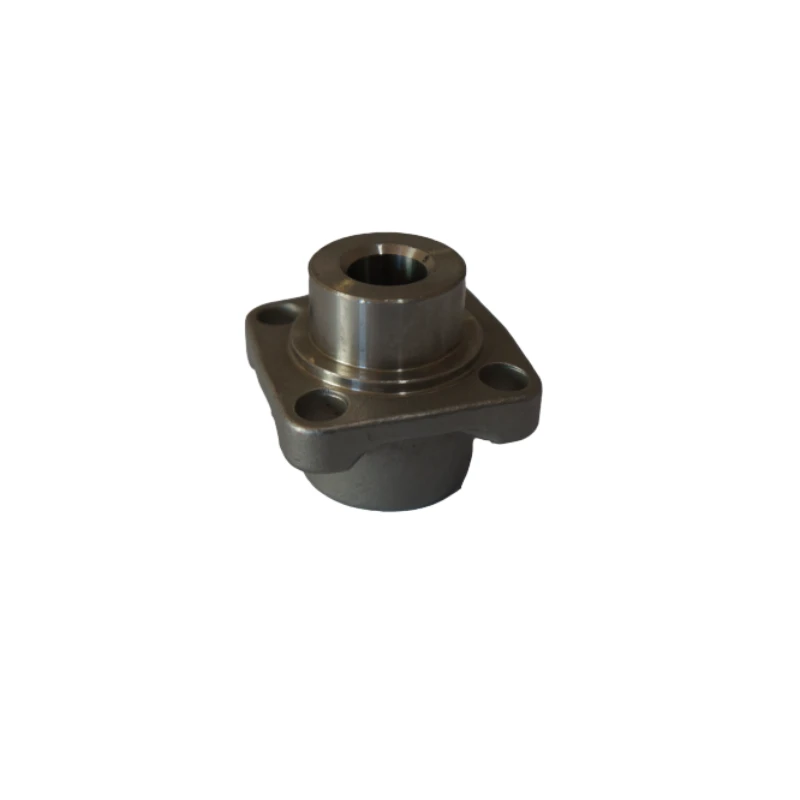stamping components
Understanding Stamping Components and Their Applications
Stamping components play a crucial role in various industries, from automotive to electronics. This manufacturing process involves placing flat sheet metal into a stamping press where a tool and die form it into a desired shape. Stamping can produce a wide variety of components with high precision and repeatability, making it a popular choice for mass production.
The Stamping Process
The stamping process typically involves several key steps cutting, bending, and shaping the metal. It begins with the selection of the appropriate material, which is often steel, aluminum, or copper, depending on the application. The material is then fed into a stamping press, where it is shaped using various processes such as blanking, piercing, and embossing.
1. Blanking This is the first step, where a punch cuts out the desired shape from the sheet metal. The leftover piece is referred to as scrap, while the cut-out shape is called a blank.
2. Piercing This involves creating holes or cutouts in the blank to allow for features like fasteners or to reduce weight.
3. Bending This process changes the angle of a flat piece of metal to create edges or form three-dimensional parts.
4. Embossing This imparts a raised or recessed design on the metal surface, which can improve aesthetics or functionality.
The combination of these techniques allows manufacturers to create intricate and complex components quickly and efficiently
.
Applications of Stamping Components
stamping components

Stamping components are found in numerous applications across various sectors. In the automotive industry, for example, they are used to produce parts such as chassis components, brackets, and various engine parts. The precision of stamping ensures that these crucial parts fit perfectly within assemblies, leading to improved performance and safety.
In the electronics industry, stamped components are integral to devices such as smartphones and computers. Components like metal housings, connectors, and battery contacts are often produced through stamping, allowing for high-volume production with consistent quality. Because stamped parts can be made to very tight tolerances, they are essential for the intricate designs and compact sizes that modern electronics demand.
Moreover, the appliance industry also benefits from stamping. Parts such as the frames of refrigerators, washing machines, and ovens are commonly manufactured using stamping techniques. The ability to produce durable and functional parts at a lower cost makes stamping an attractive option for appliance manufacturers.
Benefits of Stamping Components
One of the primary advantages of stamping is its high efficiency. Once the tools and dies are created, large quantities of components can be produced in a short time frame, significantly reducing labor costs. Additionally, the stamping process generates minimal waste, as the majority of the metal is utilized in the finished product.
Another benefit is the ability to achieve consistent quality. Automated stamping presses produce parts with a high degree of precision, ensuring that each part meets the necessary specifications. This consistency is vital for industries where safety and reliability are paramount.
Lastly, stamping allows for design flexibility. Engineers can create complex shapes and incorporate multiple features into a single component, reducing the need for assembly and further improving the overall quality and durability of the final product.
Conclusion
In conclusion, stamping components are essential to modern manufacturing, providing efficiency, precision, and design flexibility across a multitude of industries. As technology continues to evolve, advancements in stamping processes and machinery will open new avenues for innovation and further enhance the capabilities of stamped components. Whether in automotive, electronics, or appliance manufacturing, the impact of stamping is profound and undeniable.
-
Premium OEM Valve Body Exact Fit & DurableNewsJun.07,2025
-
Precise Cast Prototypes & Engineering Fast High-Precision SolutionsNewsJun.07,2025
-
Top Aluminum Sand Casting Companies & Aluminium Die Casting ServicesNewsJun.07,2025
-
Premium Die Cast Factory Custom Die Casting Parts & SolutionsNewsJun.07,2025
-
Custom Precision Metal Stamping Parts Fast Delivery & QualityNewsJun.07,2025
-
Expert High Pressure Aluminum Die Casting Factory Precision & QualityNewsJun.06,2025















